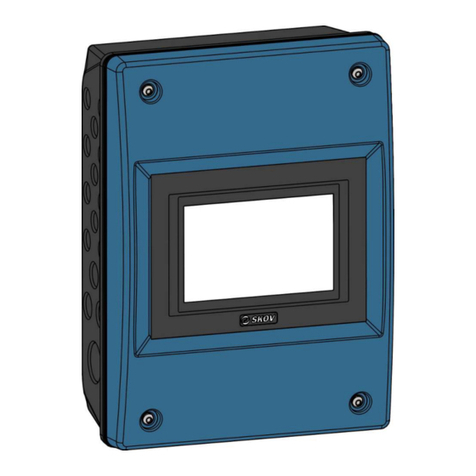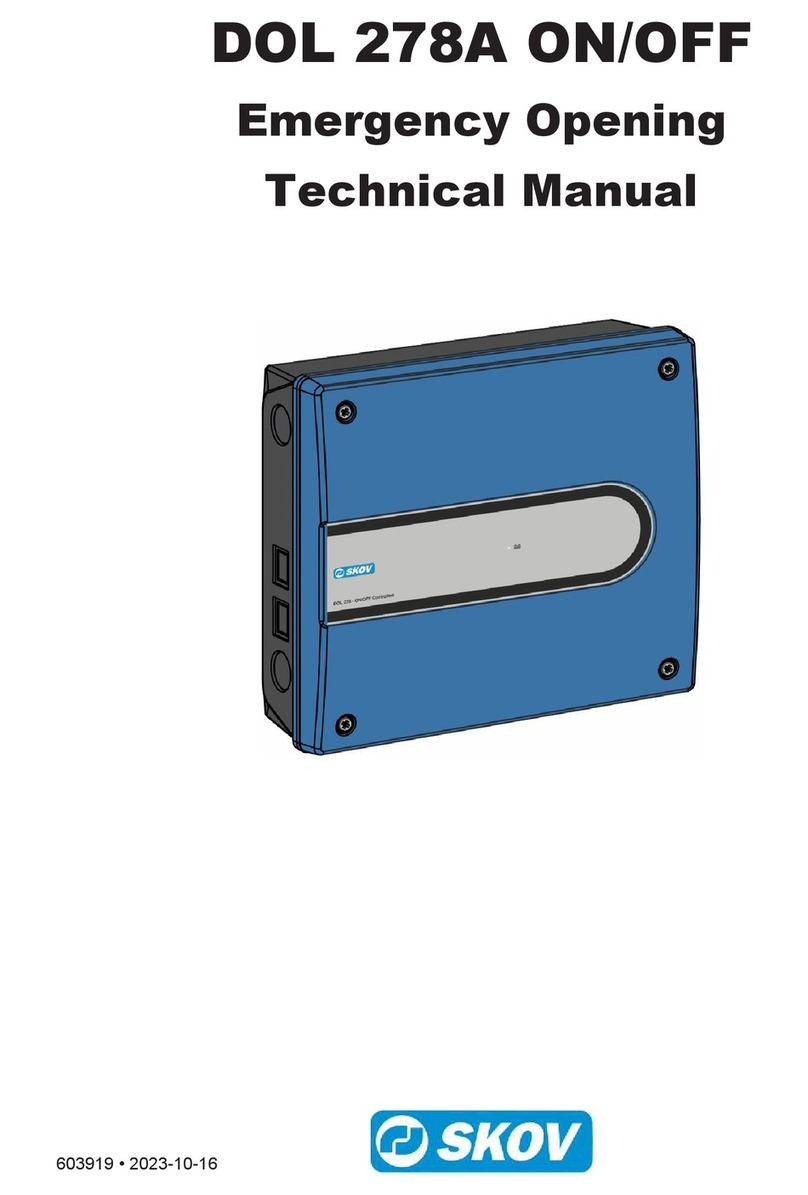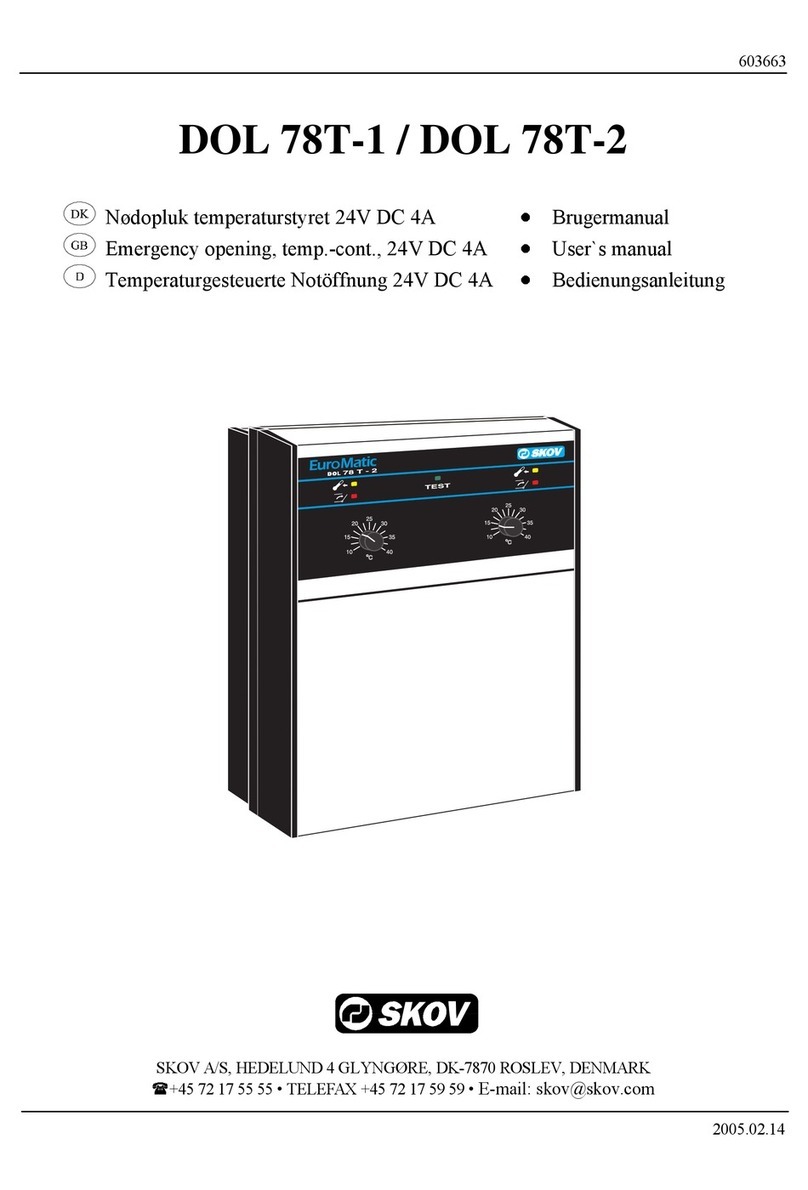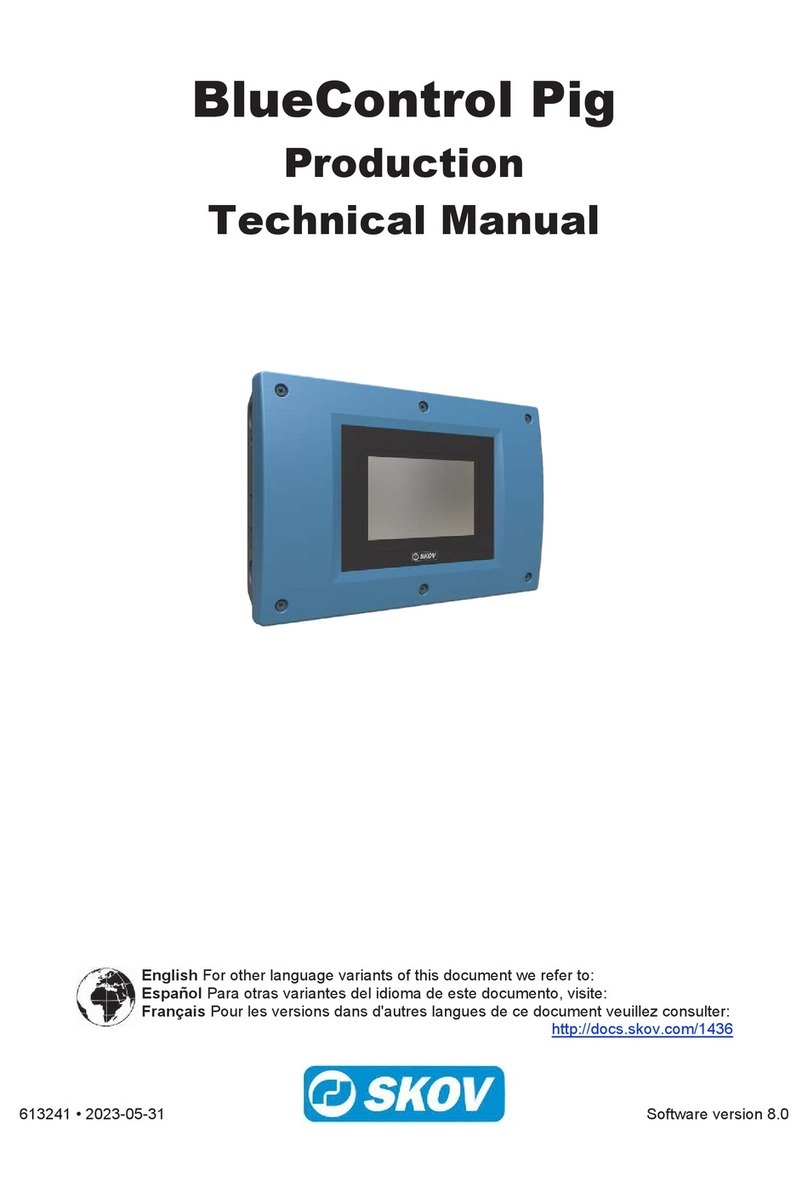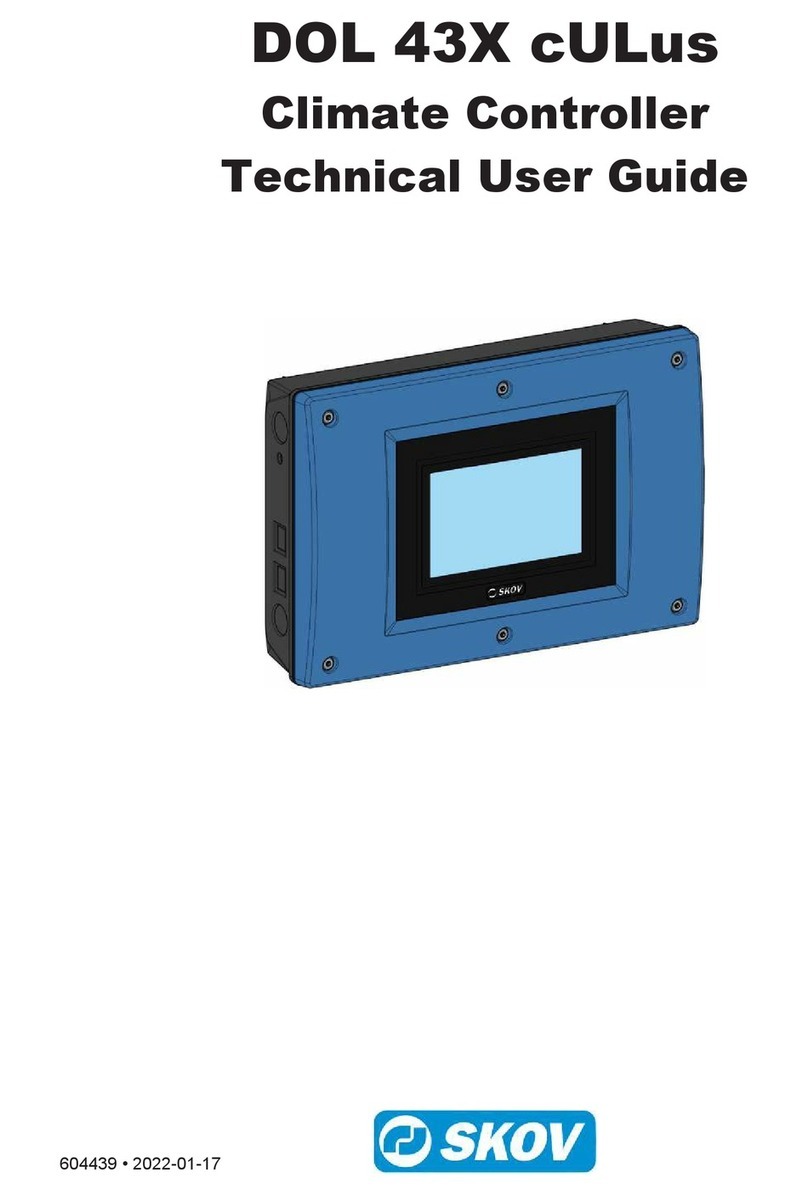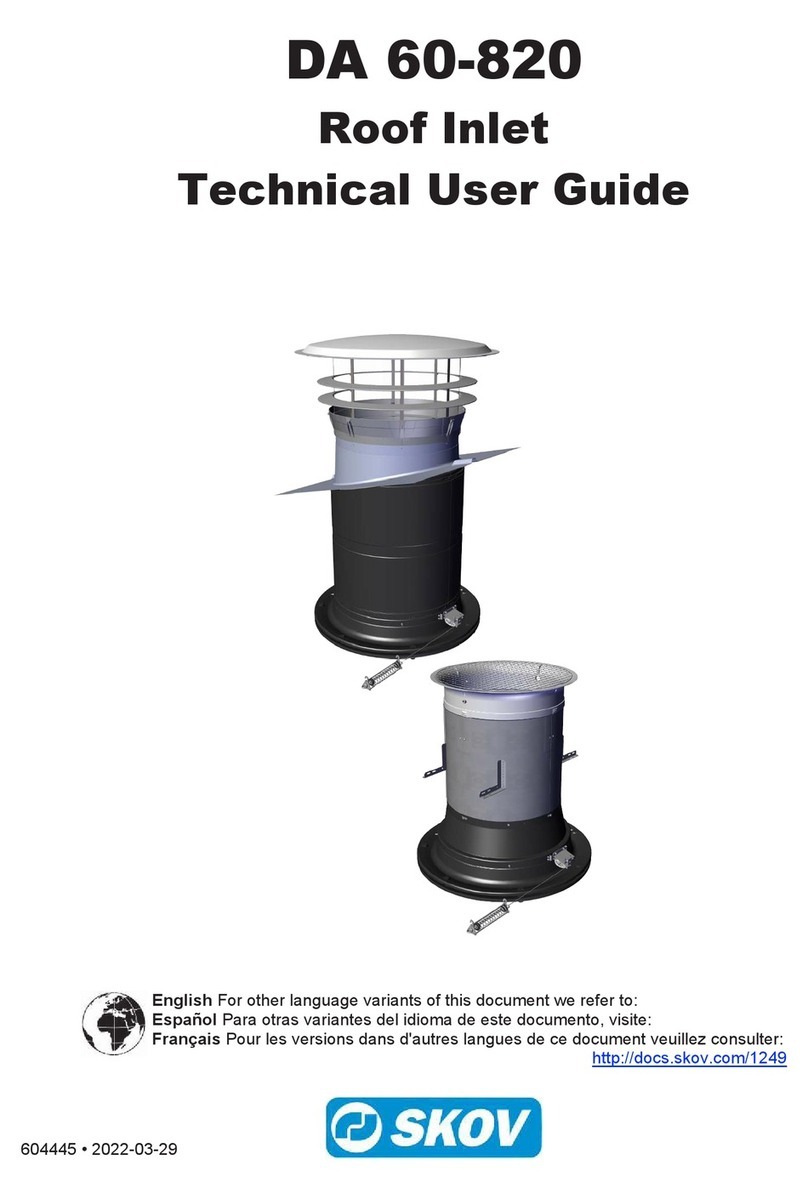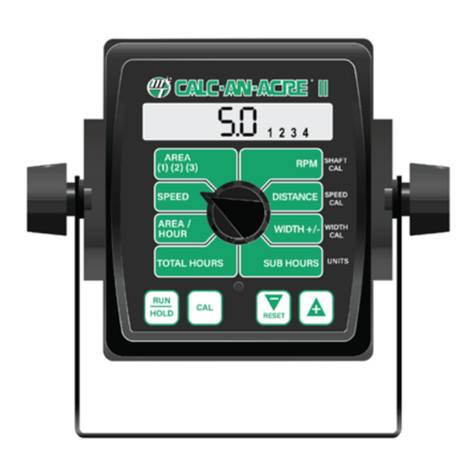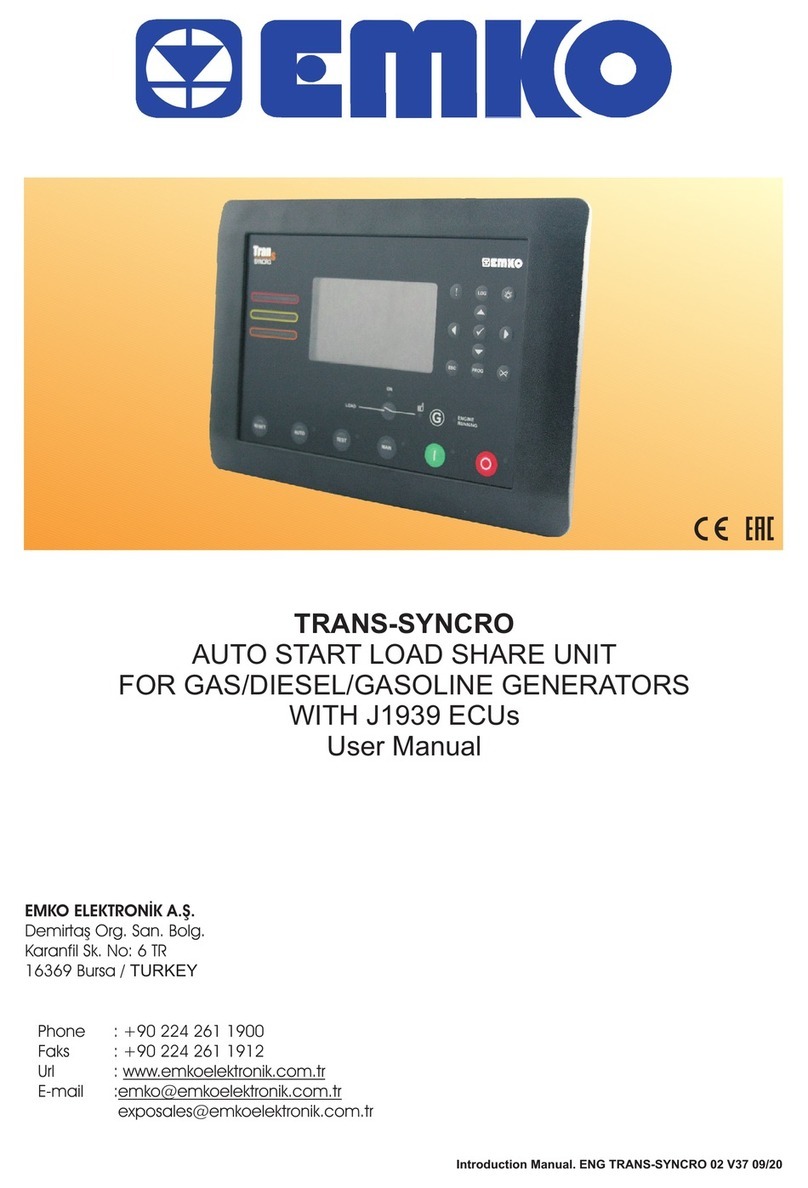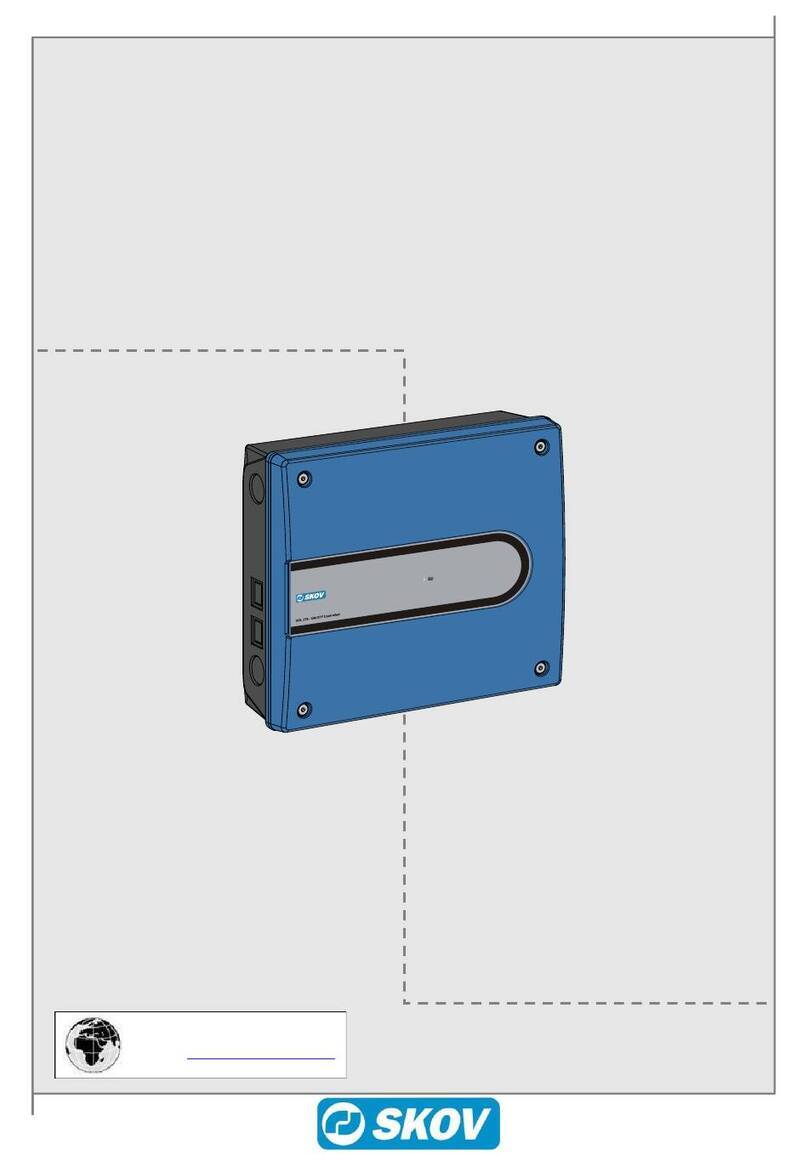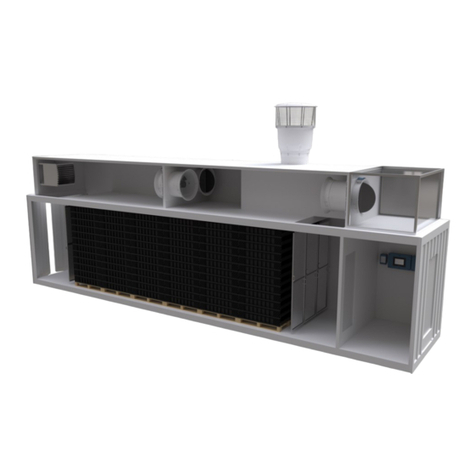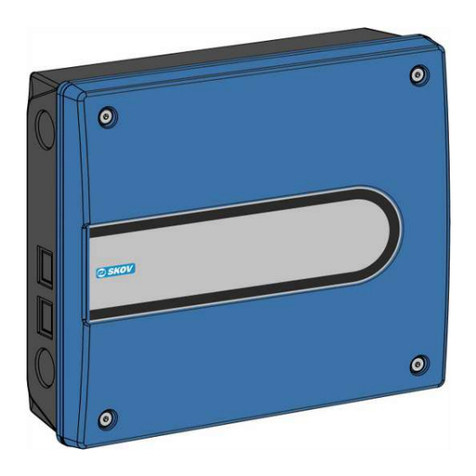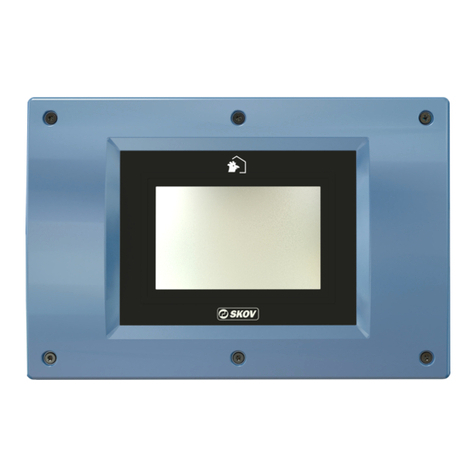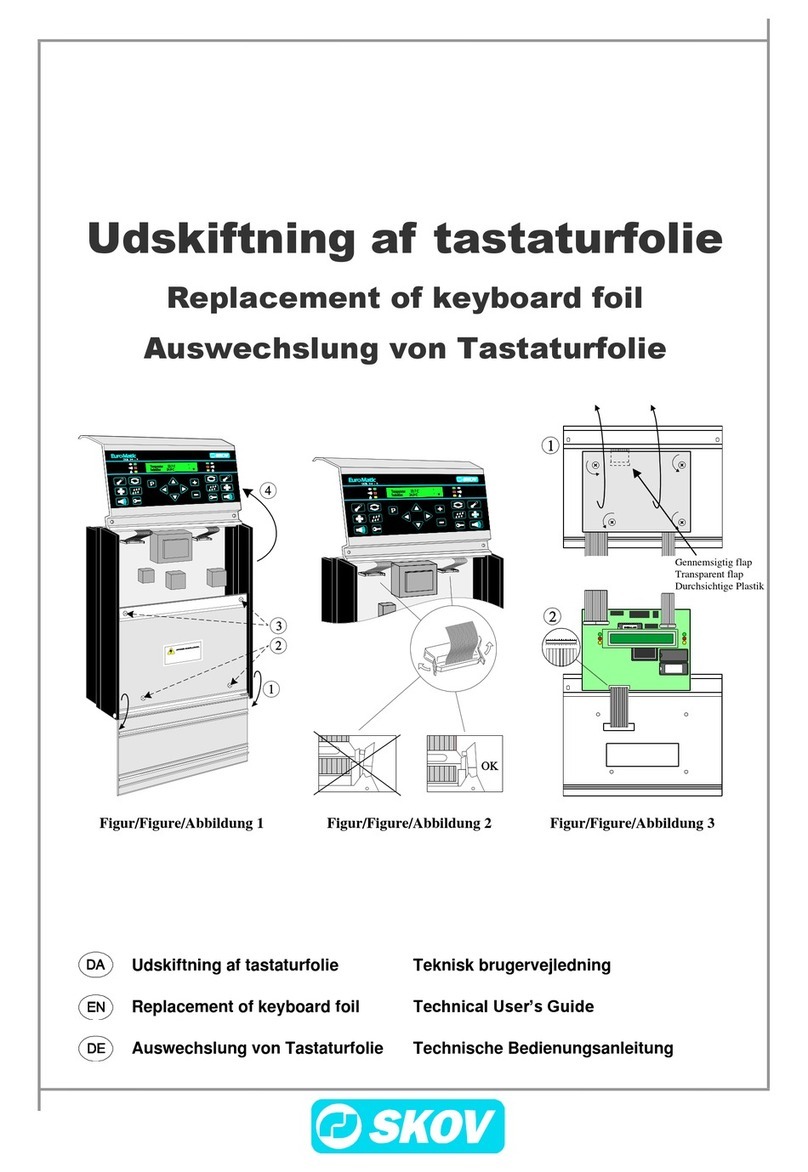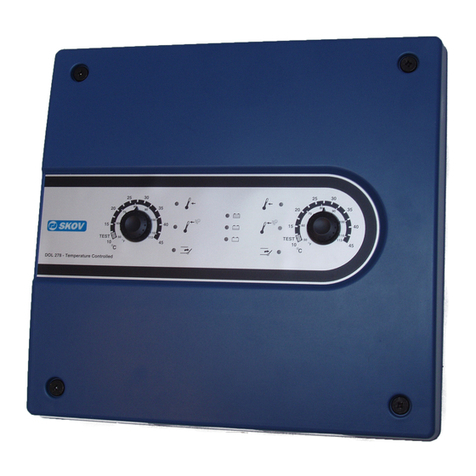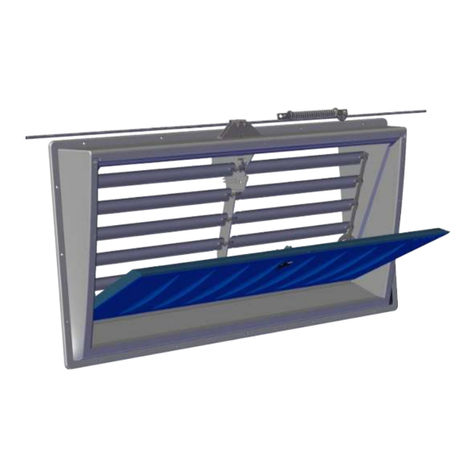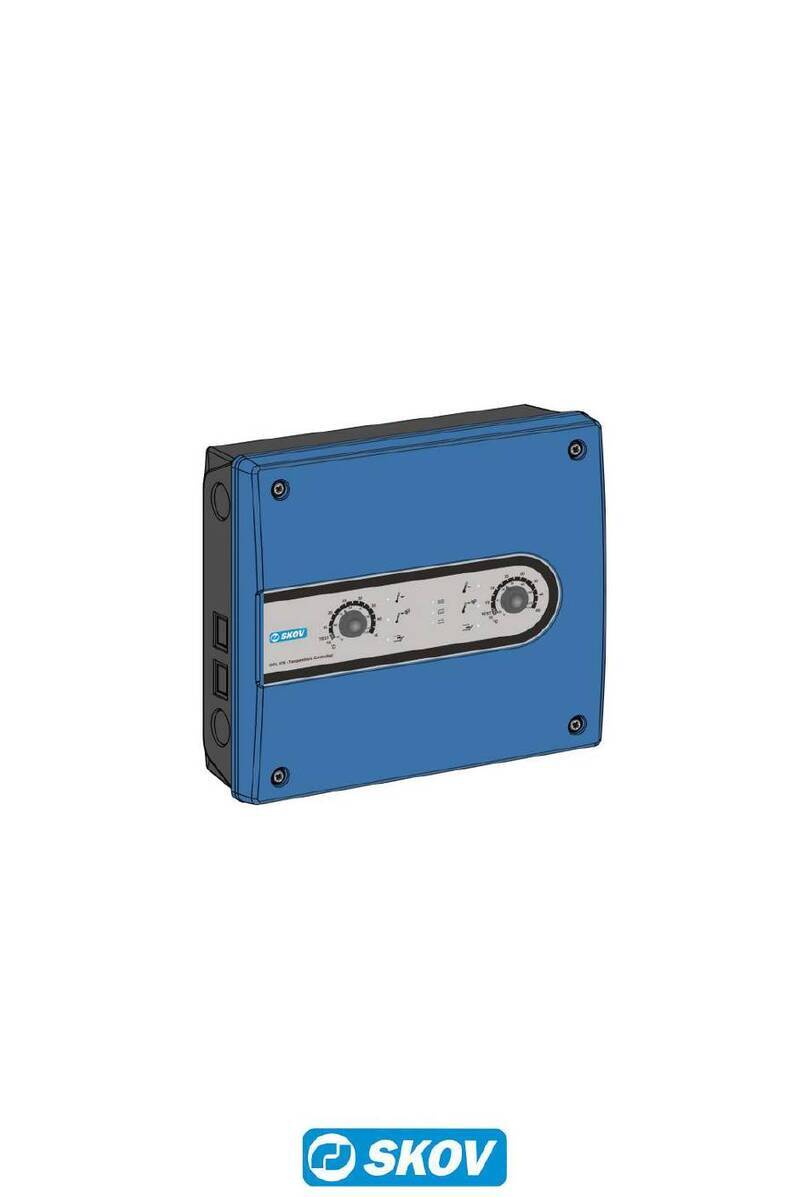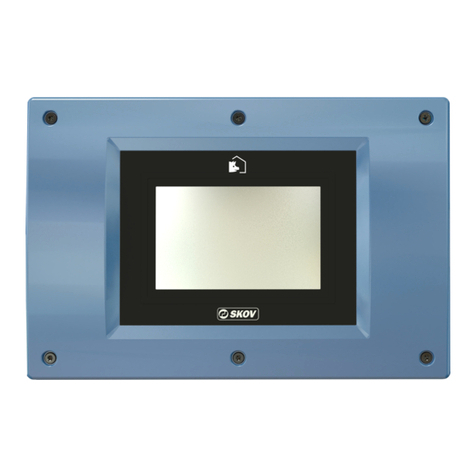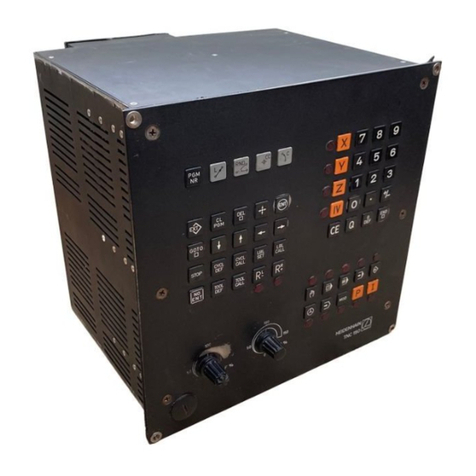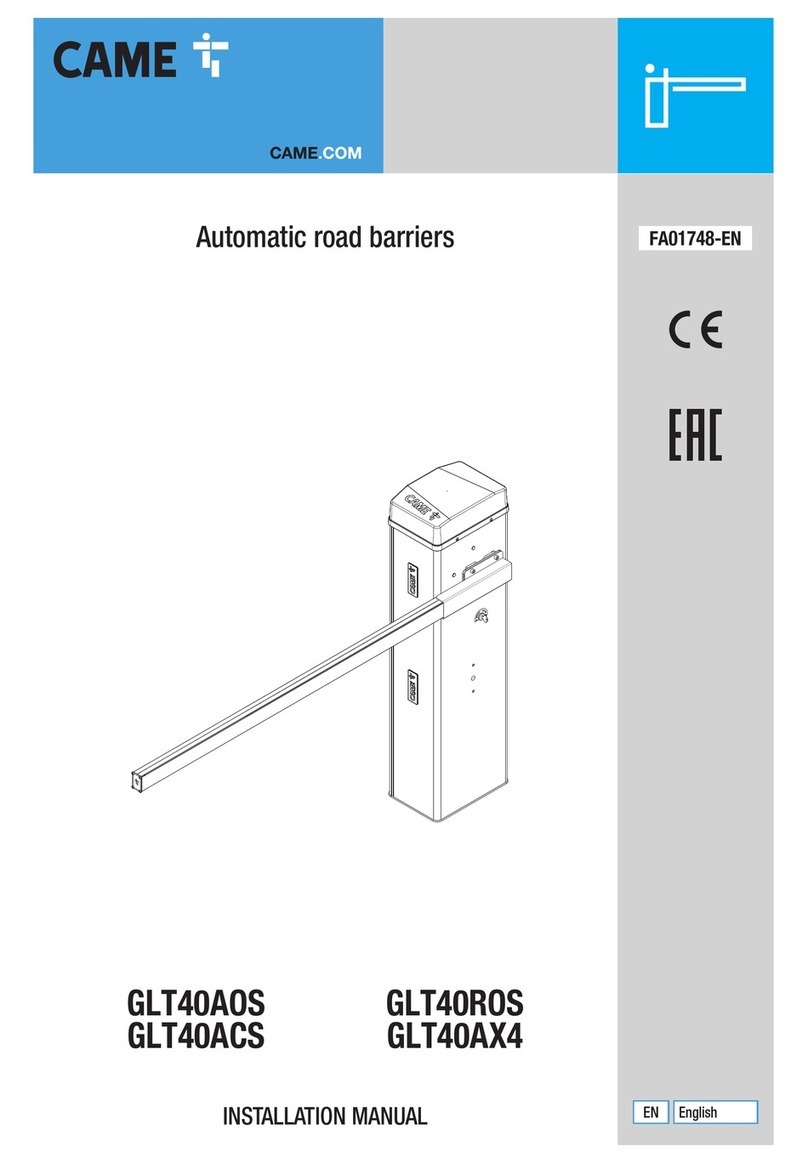
DOL 532 Tunnel
Technical Manual
1 Product description ....................................................................................................................................... 6
2 Work routine ................................................................................................................................................... 7
3 Installation guide............................................................................................................................................ 8
3.1 Selecting components............................................................................................................... 8
3.2 Slave relays ................................................................................................................................ 8
3.3 Setup of operation form ............................................................................................................ 8
3.4 View week number..................................................................................................................... 9
3.5 Select type of Unit of measurements....................................................................................... 9
3.6 Connecting components........................................................................................................... 9
3.6.1 Installation wizard ........................................................................................................................ 9
3.6.2 The menu Show connection ...................................................................................................... 10
3.6.3 Manual I/O allocation ................................................................................................................. 10
3.6.4 Shared equipment...................................................................................................................... 11
3.7 Climate ...................................................................................................................................... 11
3.7.1 Air inlet ....................................................................................................................................... 11
3.7.2 Air outlet..................................................................................................................................... 11
3.7.2.1 Dynamic MultiStep ..................................................................................................................... 11
3.7.2.2 Setup of tunnel ventilation.......................................................................................................... 14
3.7.3 Heating....................................................................................................................................... 14
3.7.4 Setup of sensors ........................................................................................................................ 14
3.7.5 Active functions in the event of control failure............................................................................ 15
3.7.6 Set-up of tunnel cooling ............................................................................................................. 15
3.7.7 Stir fan........................................................................................................................................ 15
3.7.7.1 Control methods for stir fan........................................................................................................ 15
3.8 Production ................................................................................................................................ 16
3.8.1 Water ......................................................................................................................................... 16
3.8.2 24-hour clock ............................................................................................................................. 16
4 Calibration..................................................................................................................................................... 17
4.1 Calibration of Air Intake and Air Outlet.................................................................................. 17
4.1.1 Winch motor without feedback................................................................................................... 17
4.2 Calibration of climate sensors................................................................................................ 17
4.2.1 Calibration of Weather Station ................................................................................................... 17
4.2.2 Calibration of pressure sensor ................................................................................................... 18
4.2.3 Calibration of CO2 sensor (installed as CO2 sensor) ................................................................ 18
4.2.4 Calibration of NH3 sensor.......................................................................................................... 19
5 Testing........................................................................................................................................................... 20
5.1 Testing basis components...................................................................................................... 20
5.1.1 Testing temperature and air humidity sensors........................................................................... 20
5.1.2 Testing Alarm............................................................................................................................. 20
5.1.3 Testing emergency opening....................................................................................................... 20
5.2 Testing optional components: Manual control ..................................................................... 20
5.2.1 Testing climate functions ........................................................................................................... 21
5.2.1.1 Testing Air Intake and Air Outlet ................................................................................................ 21
5.2.1.2 Testing of Dynamic MultiStep .................................................................................................... 21
5.2.1.3 Stepless fans ............................................................................................................................. 22
5.2.1.4 MultiStep .................................................................................................................................... 22
5.2.1.5 Testing relay functions ............................................................................................................... 23
5.2.1.6 Emergency inlet ......................................................................................................................... 24
5.2.2 Testing production functions ...................................................................................................... 24
5.2.2.1 Testing relay for 24-hour clock................................................................................................... 24
5.3 Testing network connection ................................................................................................... 24
6 Service........................................................................................................................................................... 25
6.1 Settings..................................................................................................................................... 25


